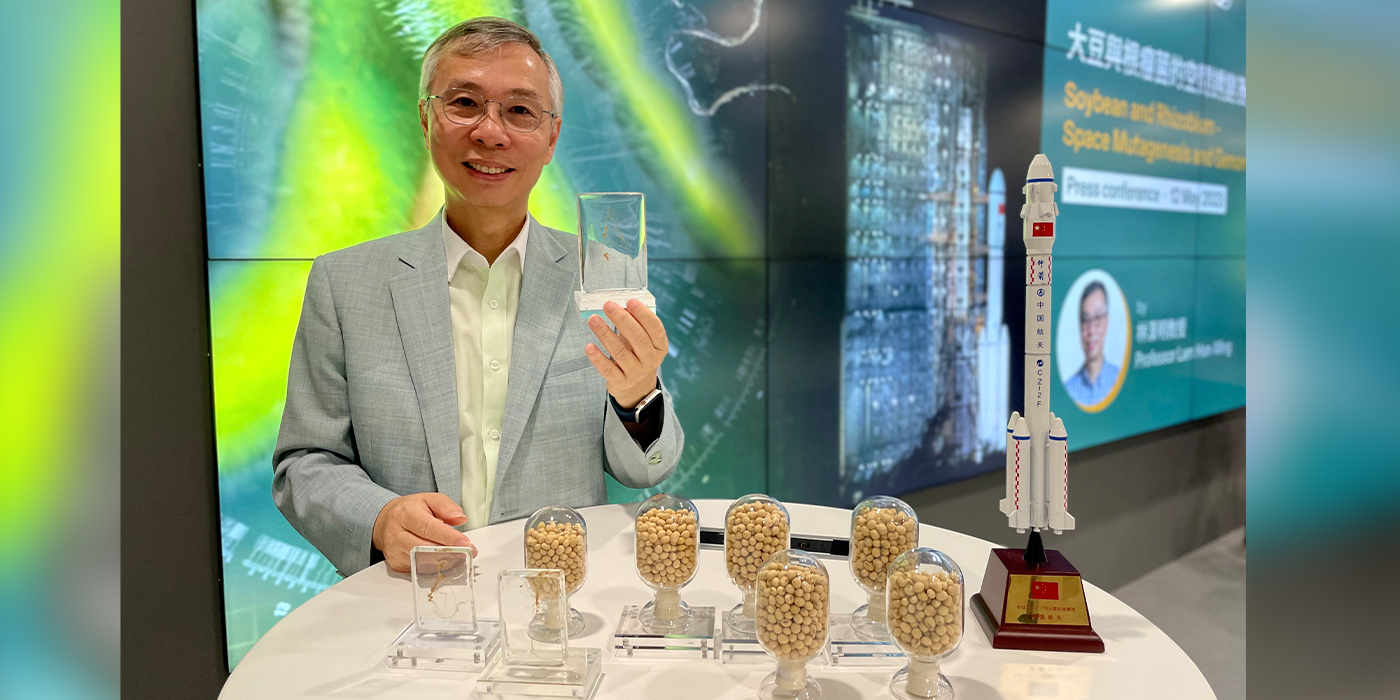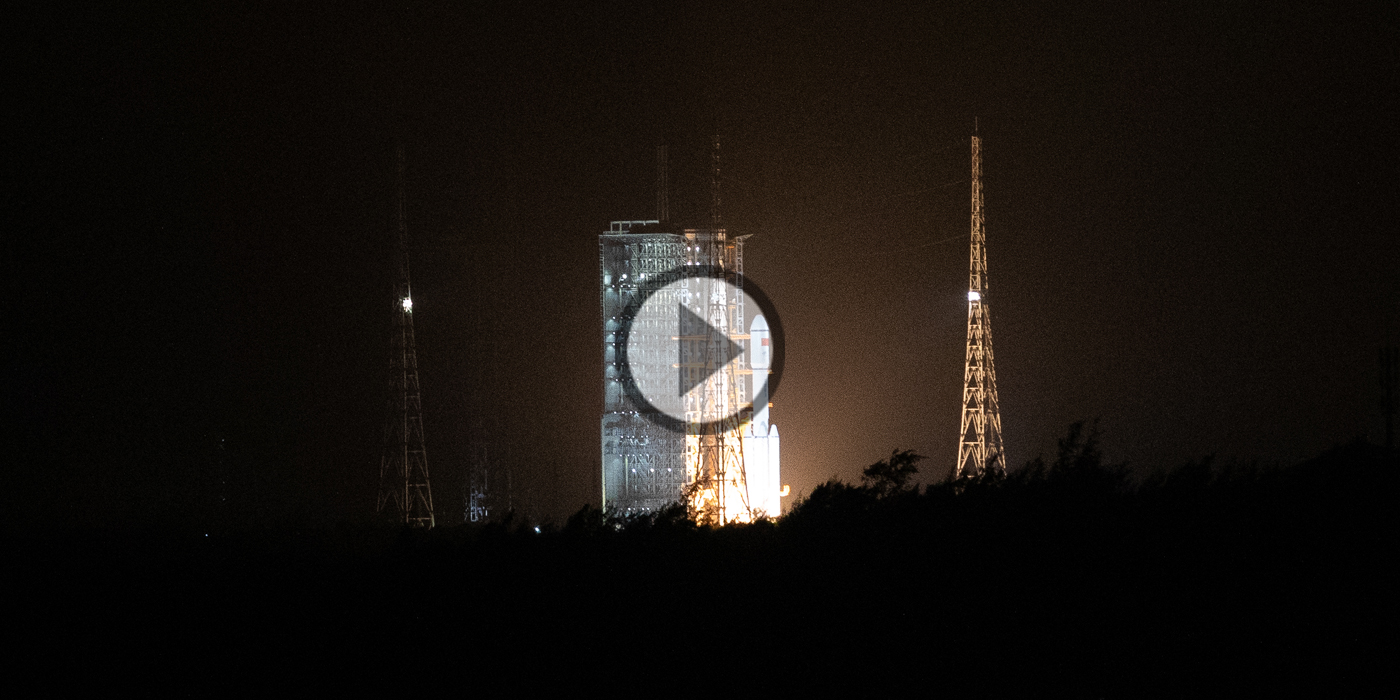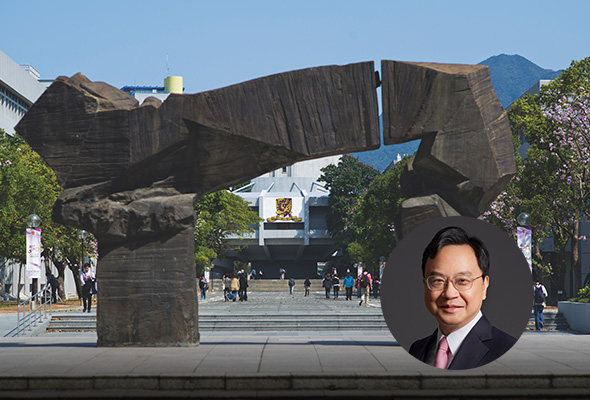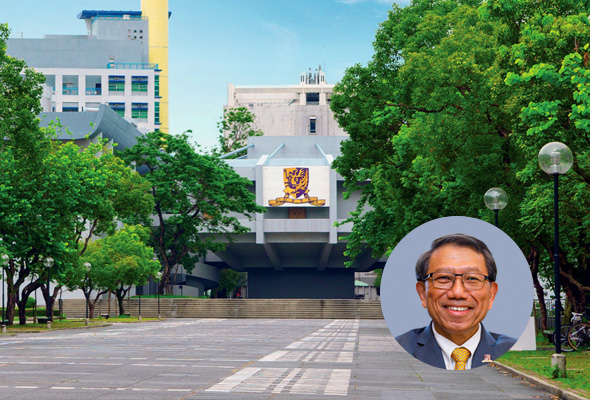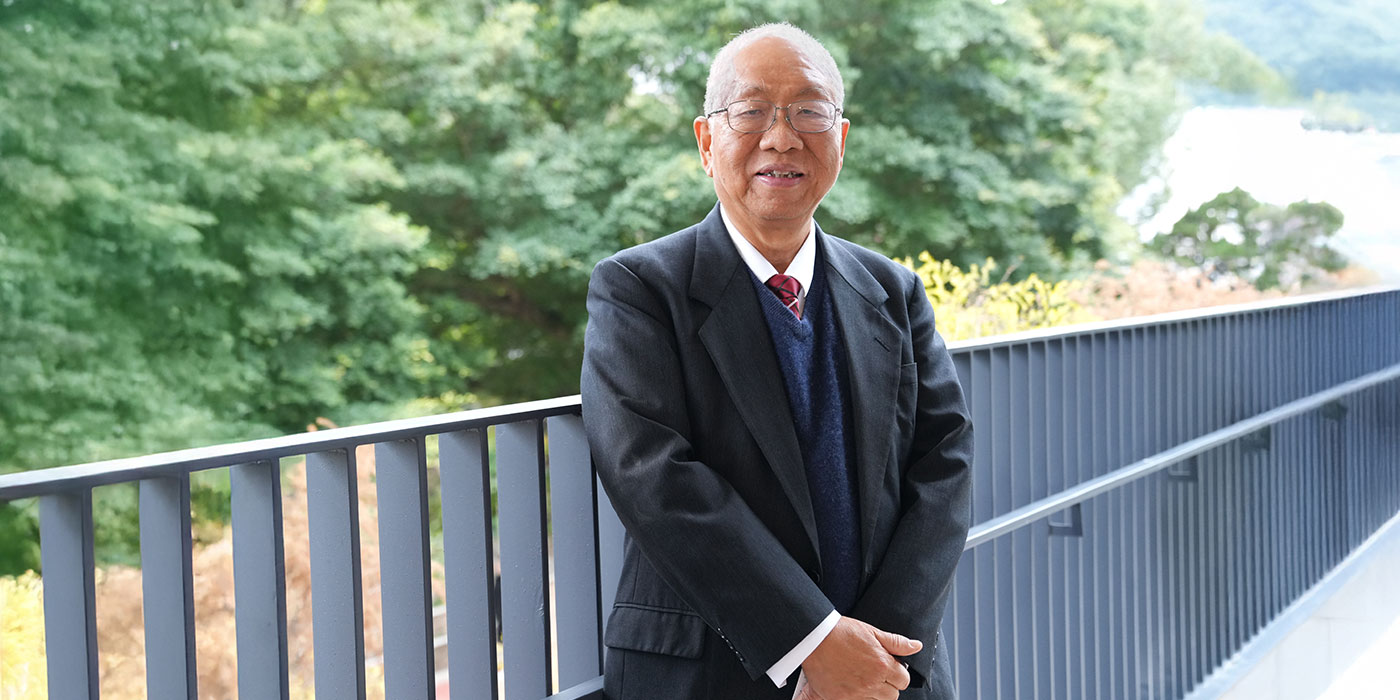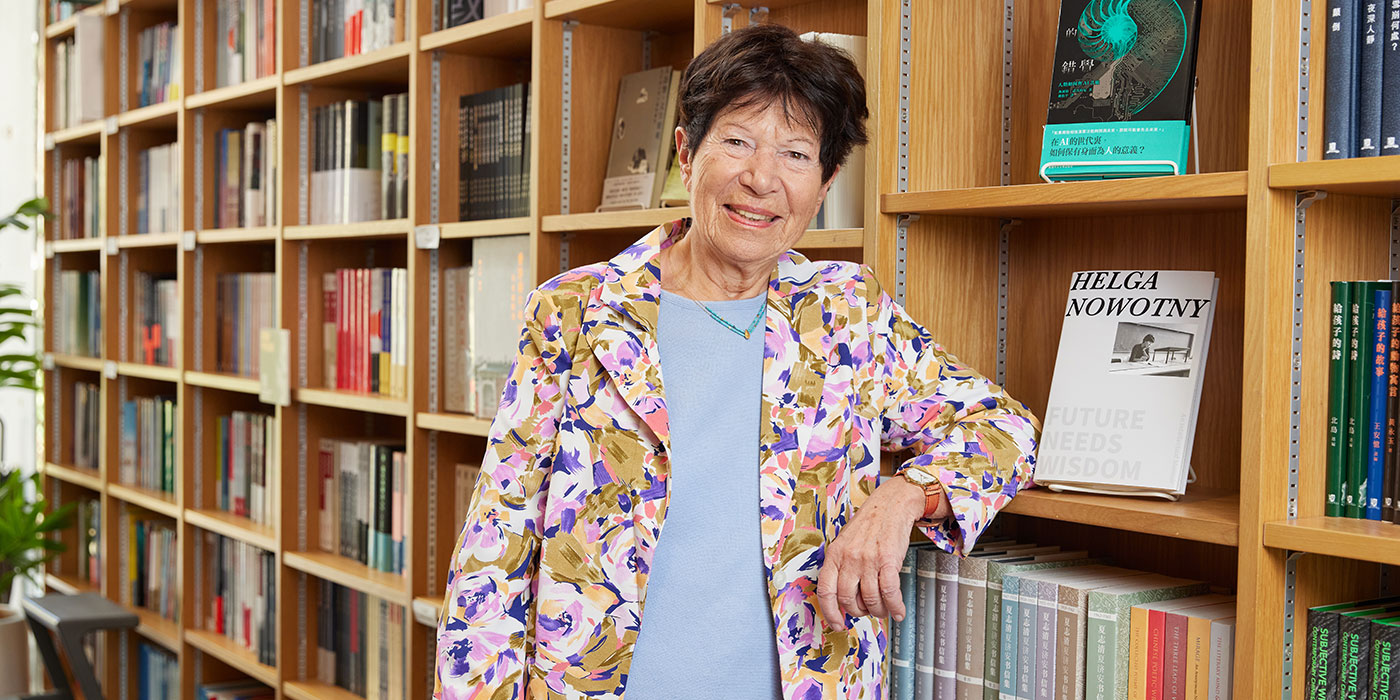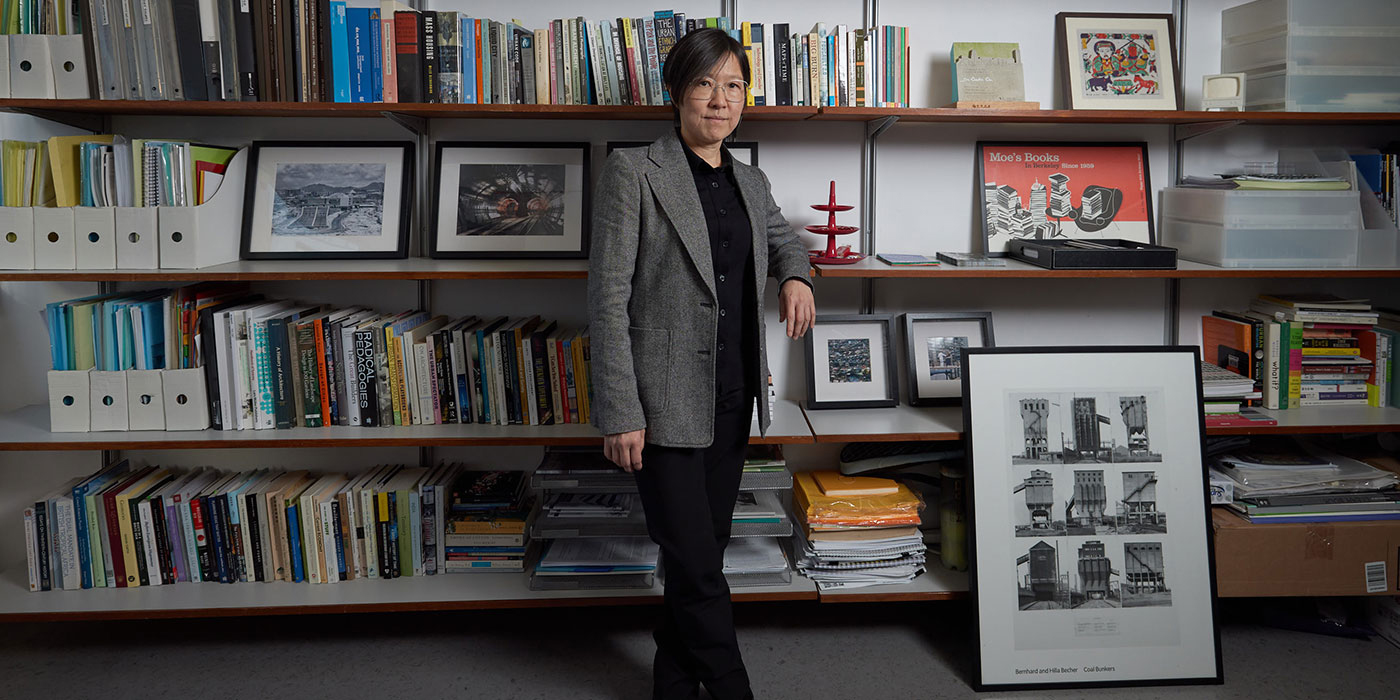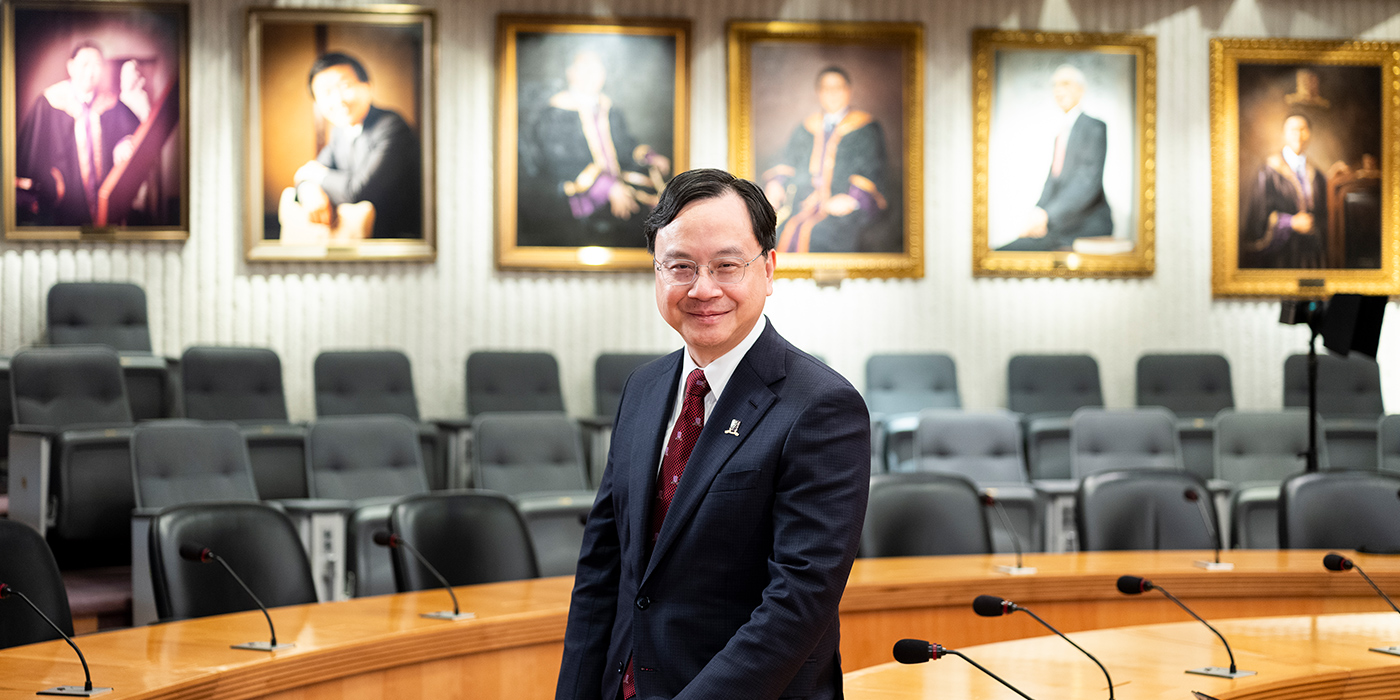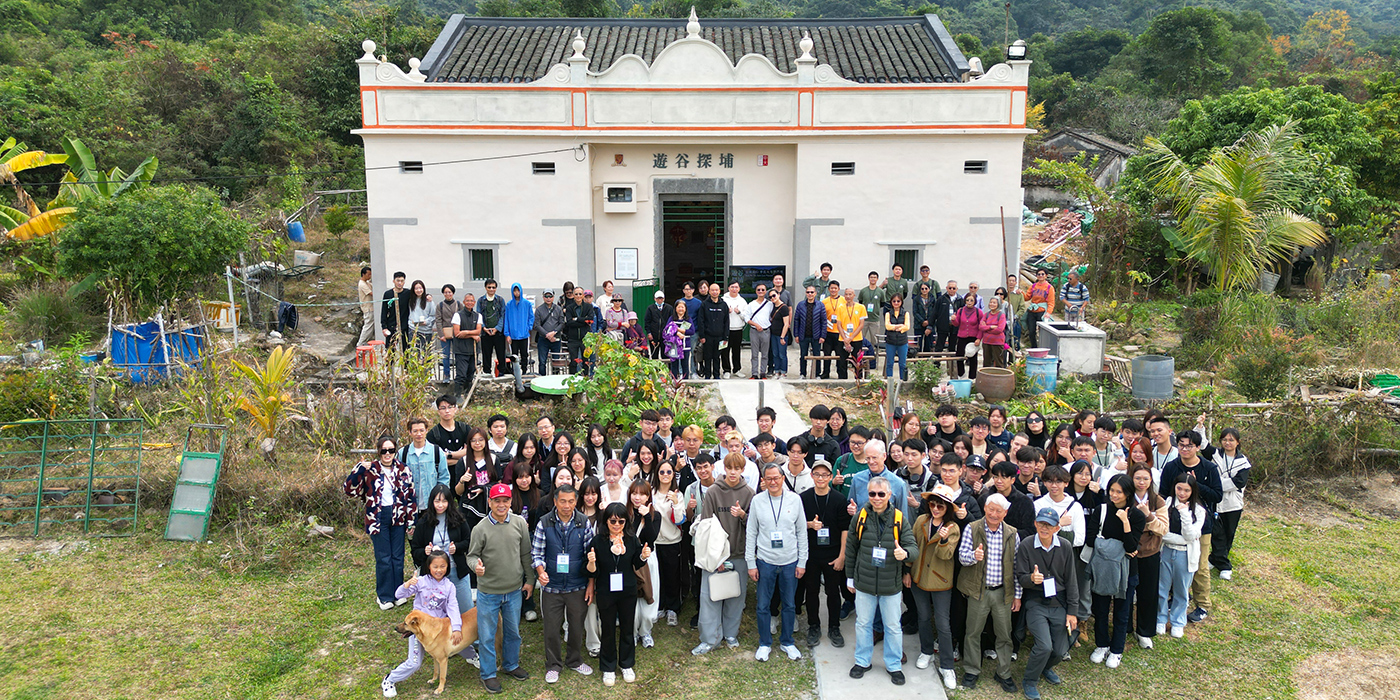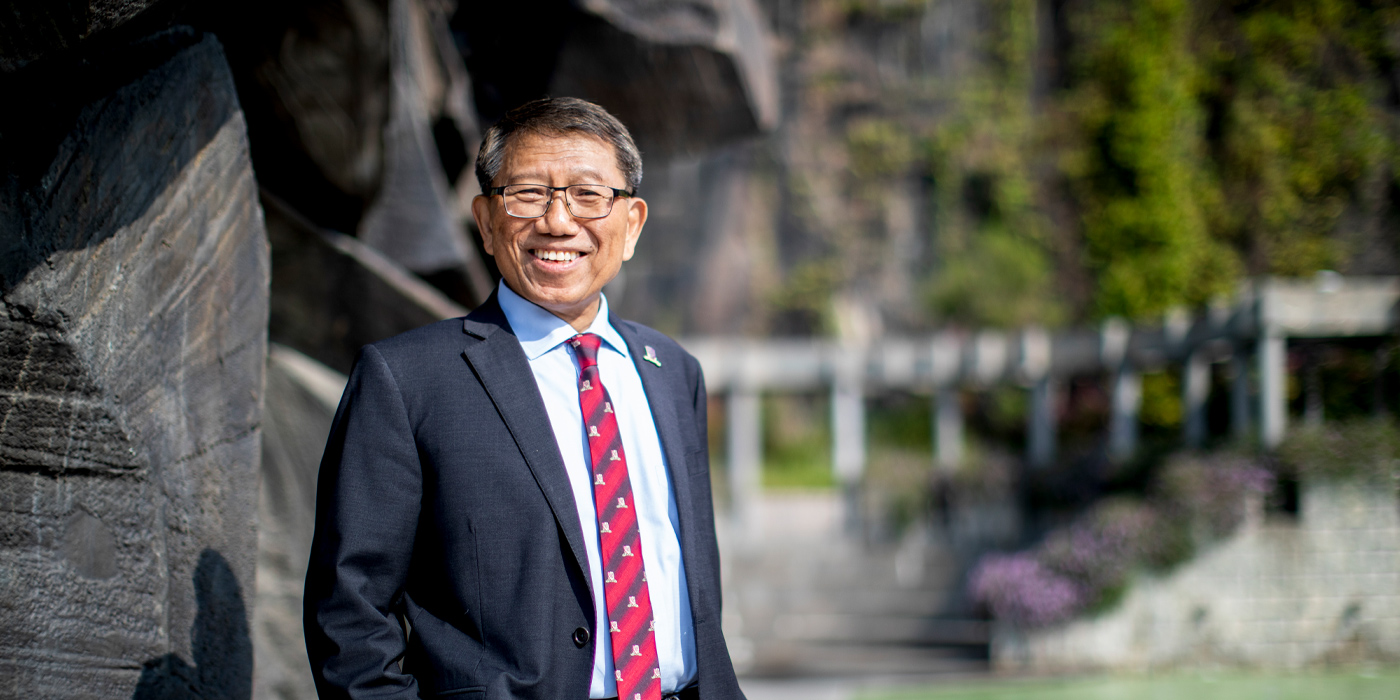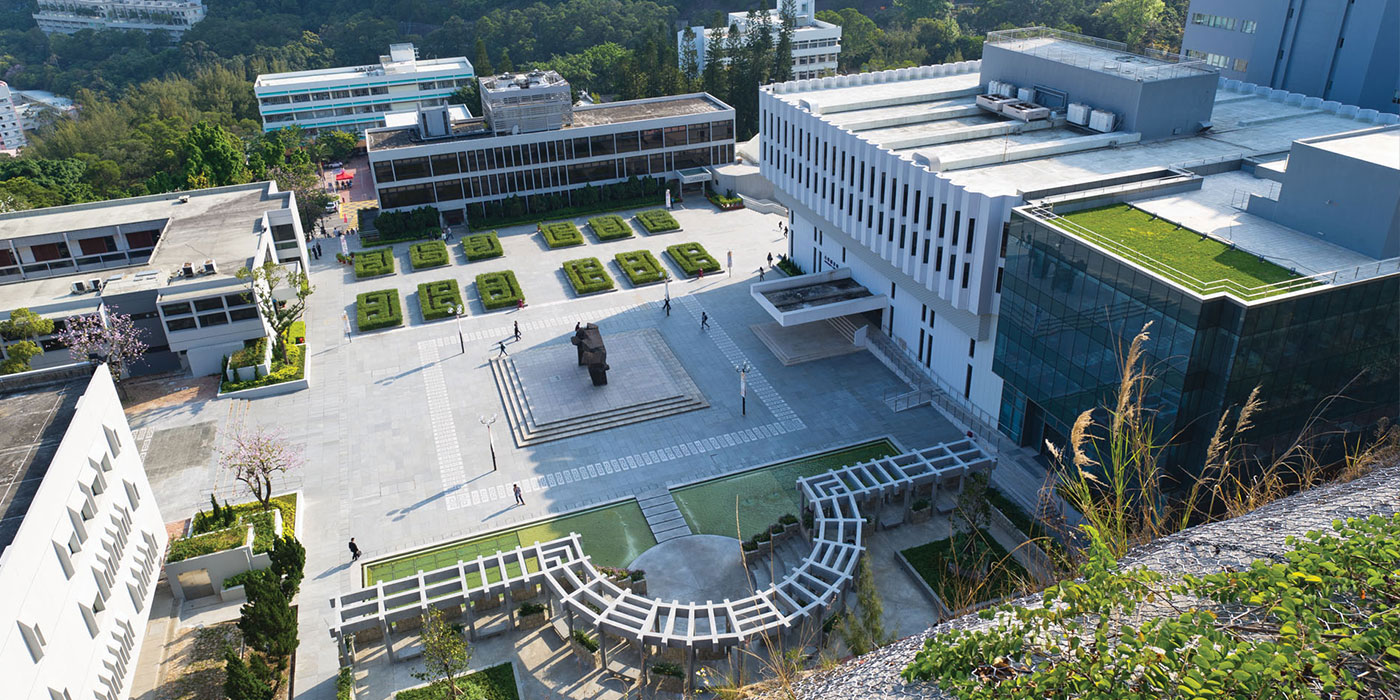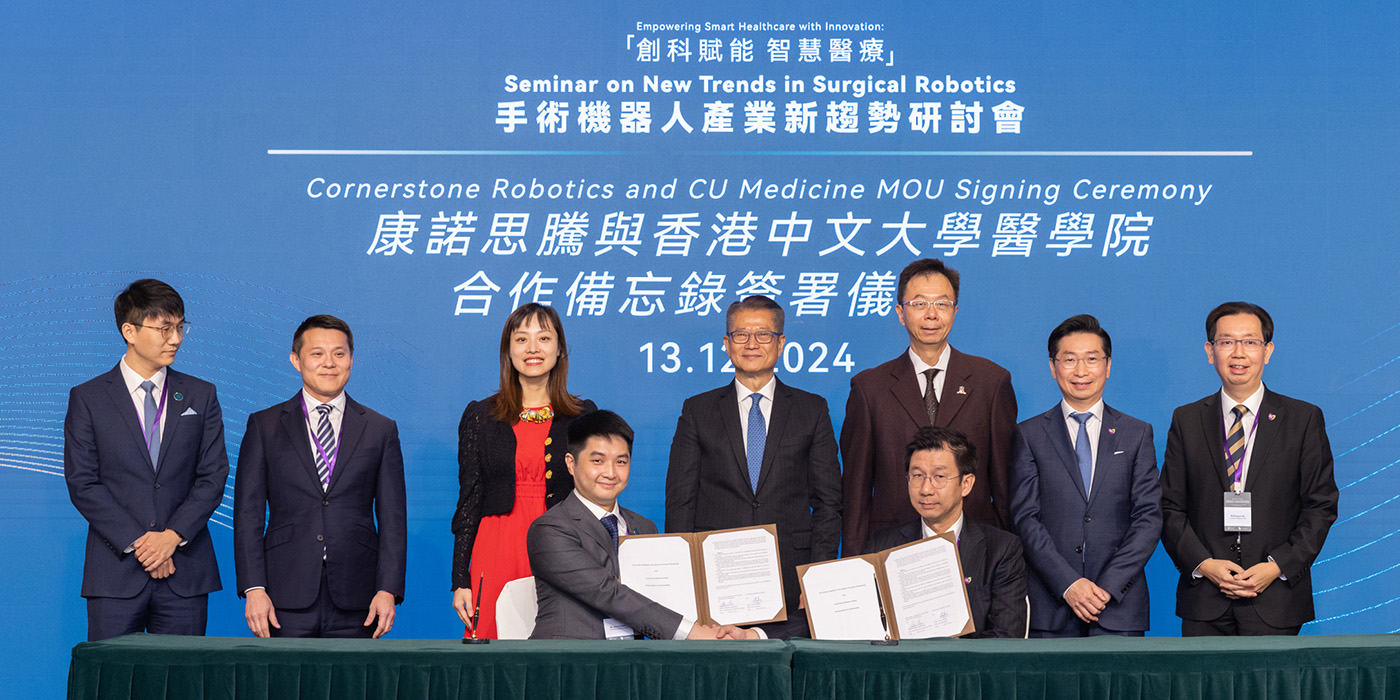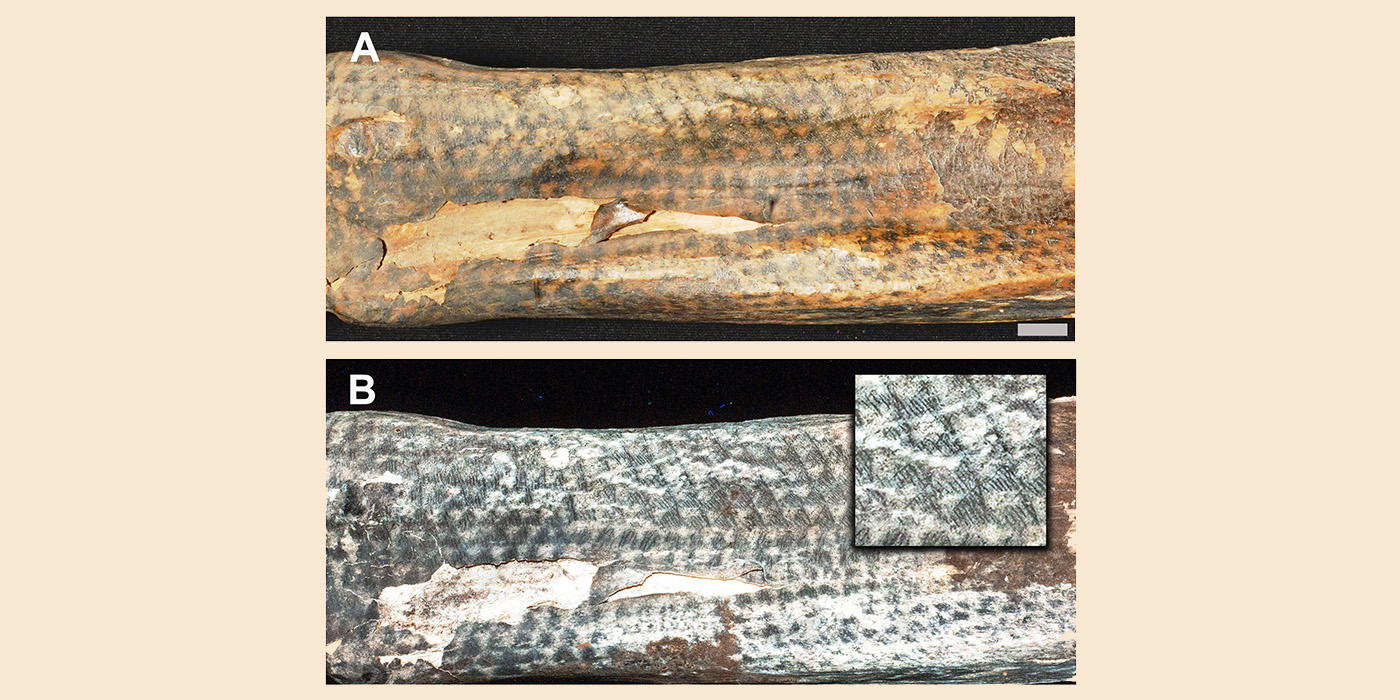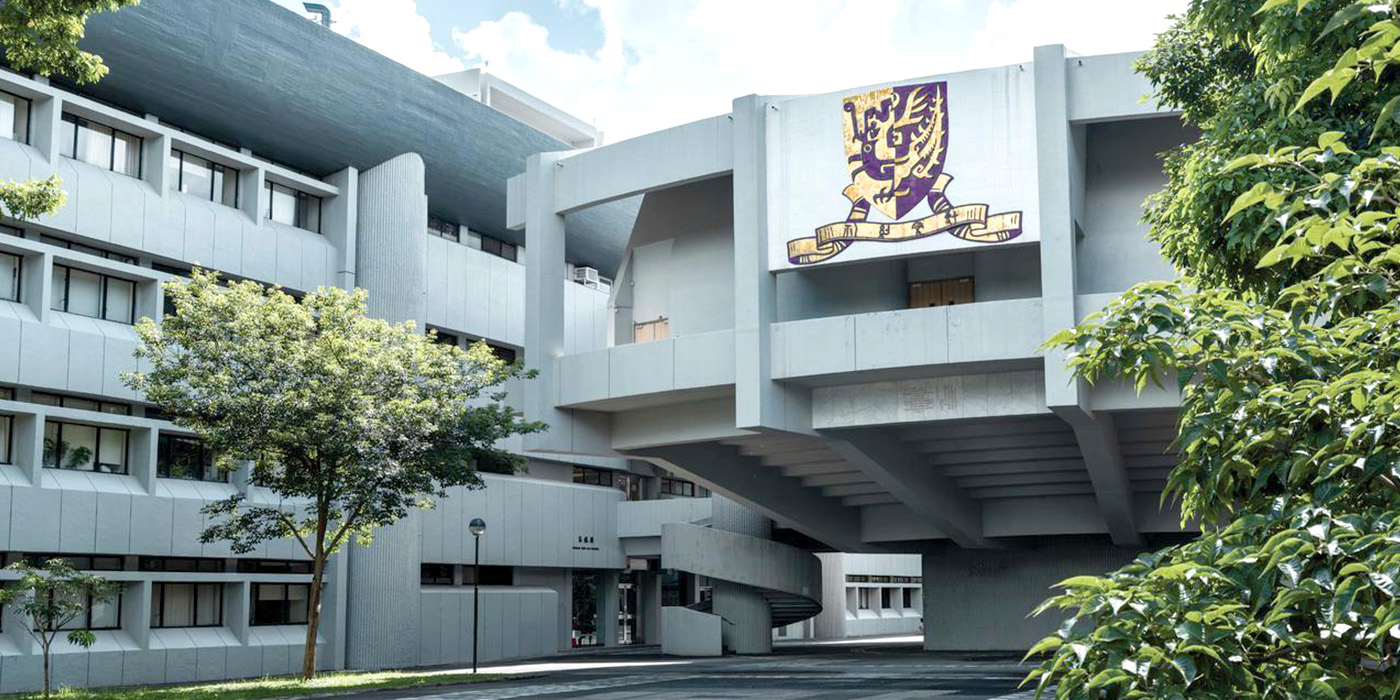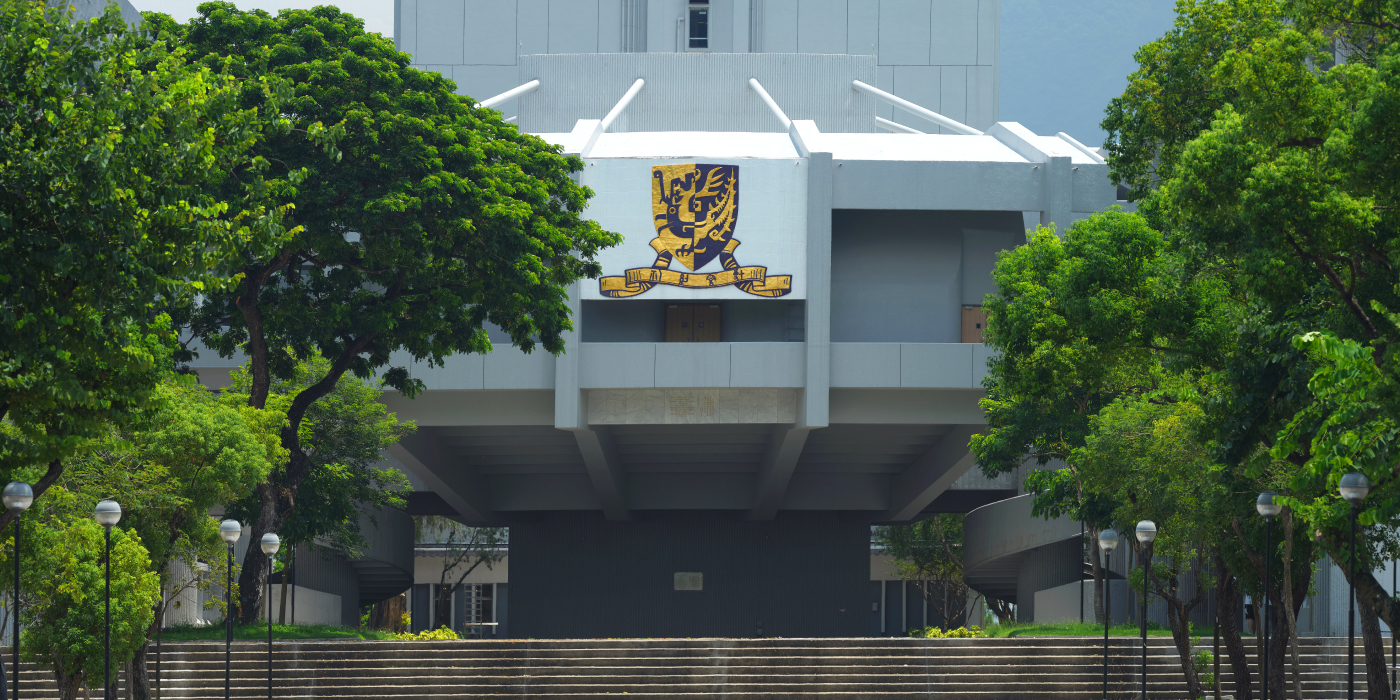The soybean voyage
Agrobiotechnologist Lam Hon-Ming explores space mutagenesis
He fell to planting large beans.
The beans grew luxuriantly.
– Classics of Poetry (Shijing)
China is the homeland of soybeans, first mentioned some 3,000 years ago in China’s Classics of Poetry. Soybeans were introduced to North America in 1765. In 2021, the top exporters of soybeans included Brazil and the US. “80% of China’s soybeans are imported. Our soybean research could contribute to the country’s food security,” says Professor Lam Hon-Ming, the CUHK scientist spearheading Hong Kong’s first agricultural experiment to be done in space.
On 10 May, the Tianzhou-6 cargo spacecraft carrying the rhizobia specimens of CUHK’s research team launched from the Wenchang spaceport in southern China’s Hainan on a resupply mission to the Tiangong (literally “heavenly palace” in Chinese) space station. Rhizobia are necessary for soybean nitrogen fixing. By comparing extra-vehicular and intra-vehicular rhizobial experiments, the team aims to explore genetic mutations in space and find the clue to screen new strains with better nitrogen fixing efficiency.
Professor Lam says, “It’s our honour to be taking part in the national space programme,” He is Choh-Ming Li Professor of Life Sciences and Director of the State Key Laboratory of Agrobiotechnology at CUHK, who has devoted over 25 years of his career to soybean research.
The space agricultural project is a joint effort of Professor Lam’s research team at CUHK, the China Manned Space Agency, the China Resources Research Institute of Science and Technology (CRRIST), and Shenzhou Space Biotechnology Group (SBG). It opens a new chapter for the integration of aerospace and agricultural technology.
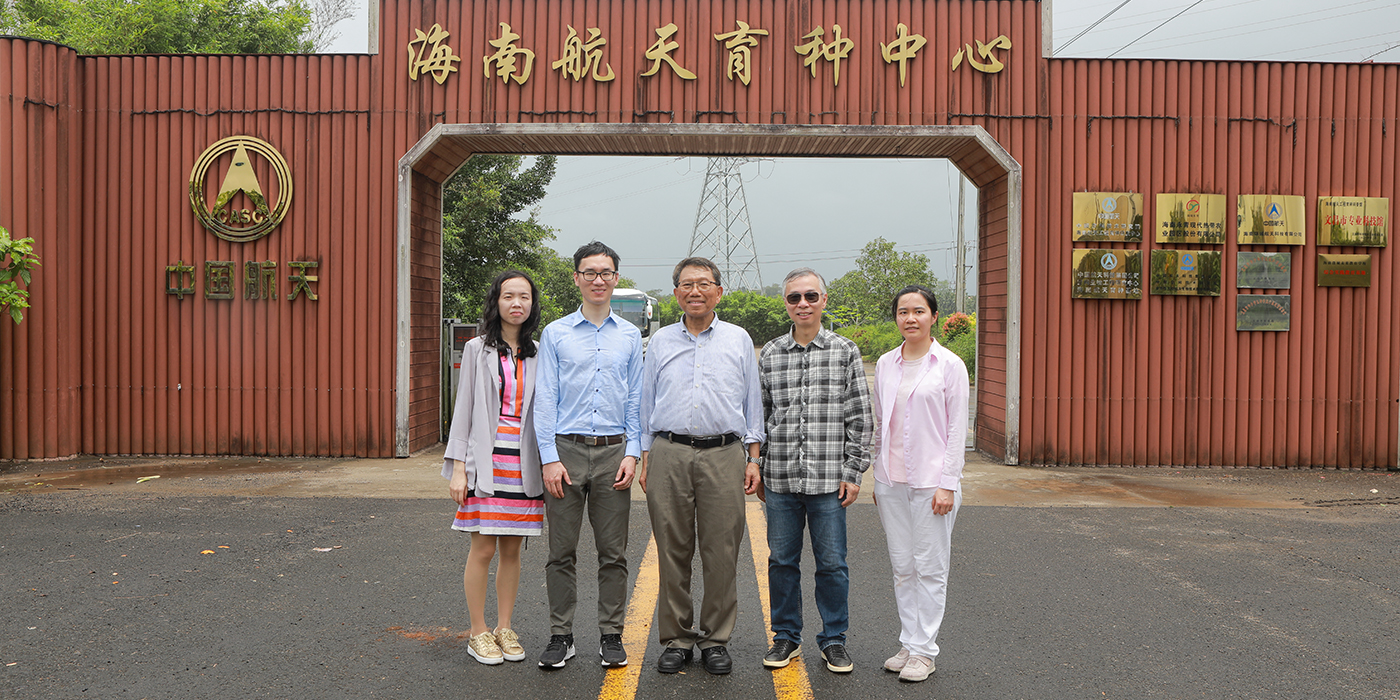
The holy grail to tackle climate change
Rhizobia are a type of bacteria that form nodules with the roots of legumes and convert atmospheric nitrogen into nitrogen compounds as natural fertilizers for soybeans. Studying mutagenesis of the rhizobia specimens triggered by space conditions helps the research team screen for new strains that would have better nitrogen fixing efficiency and higher tolerance for salt, heat and drought.
The optimised use of rhizobia could eventually reduce the use of chemical nitrogen fertiliser which could release nitrous oxide, a greenhouse gas with a warming effect about 300 times that of carbon dioxide. Increasing soybean’s natural nitrogen fixing capability and reducing chemical fertiliser could be game-changing in the face of climate change.
Soybeans are extremely nutritious and are comprised of almost 40% protein. This means they represent an important source of protein in parts of the world where economic conditions mean people often cannot afford to eat meat.
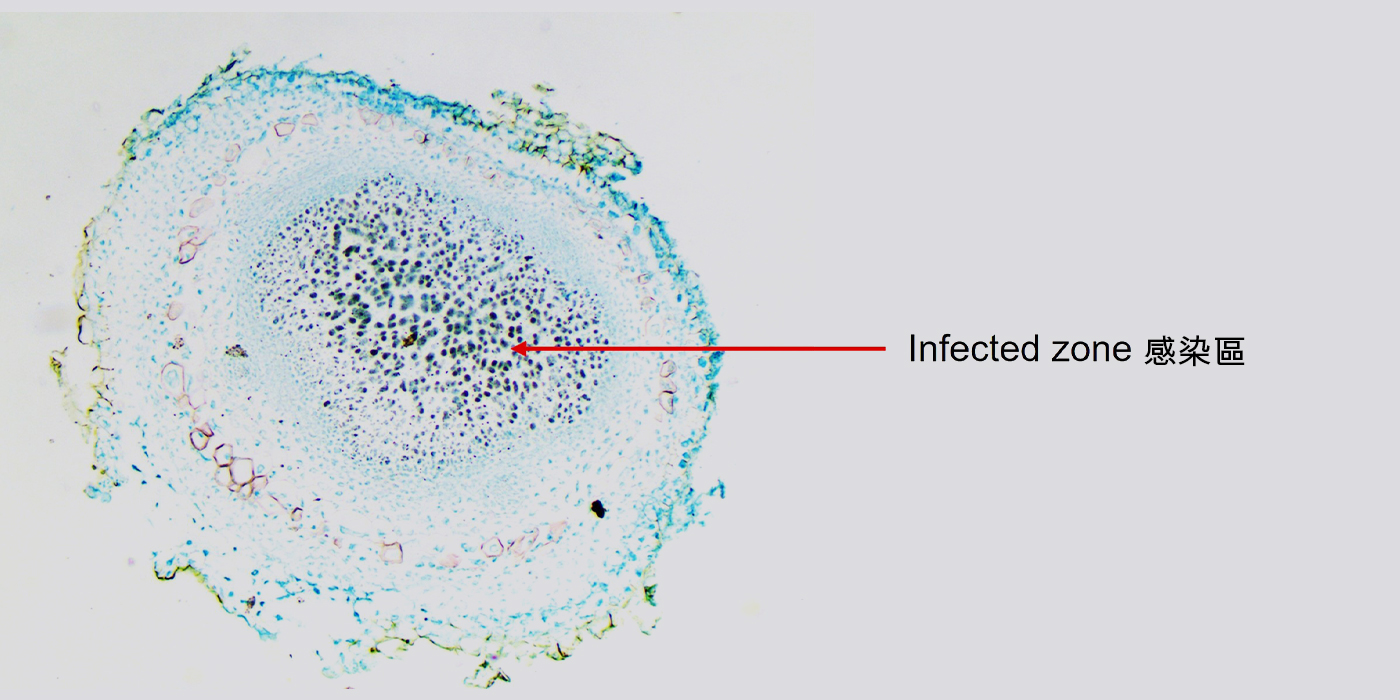
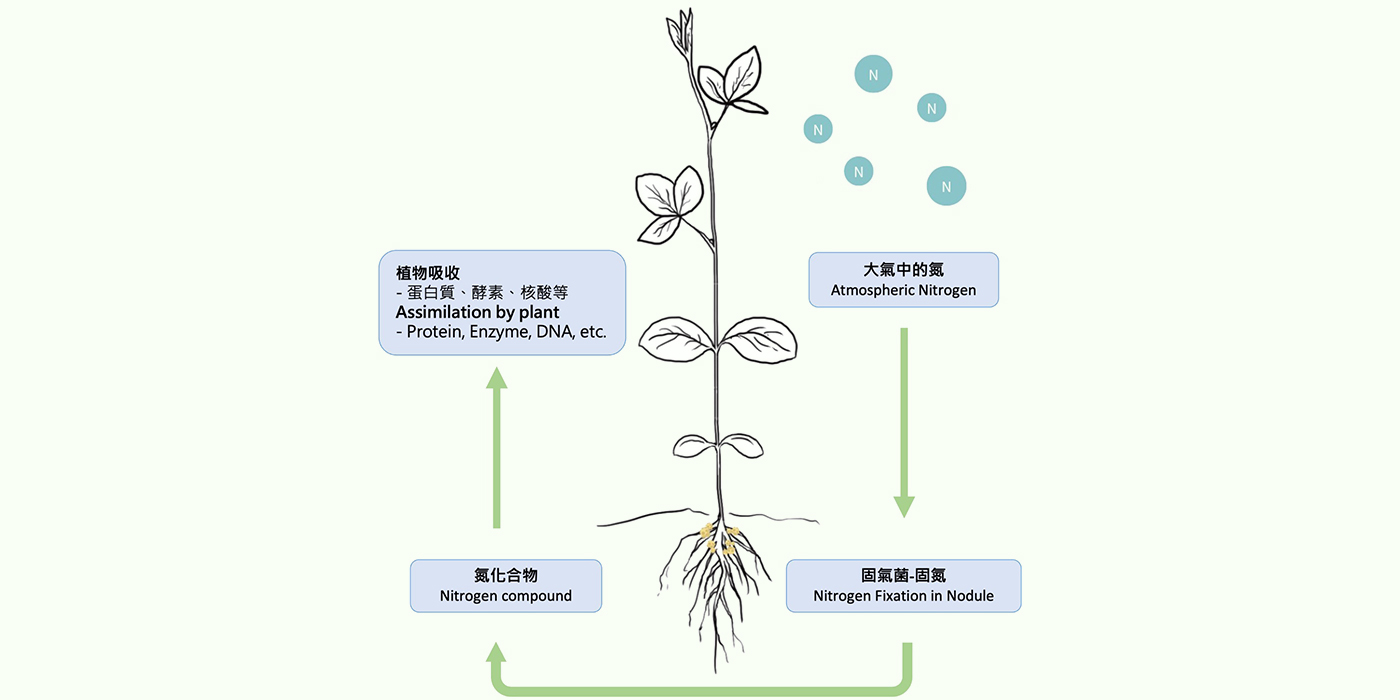
Benefiting the disadvantaged
Professor Lam has subsidised farmers in a drought-stricken, underprivileged village in South Africa to cultivate drought-tolerant soybean and other crops. He has also started a project in Pakistan to test the heat tolerance of his soybean cultivars and help Muslim women acquire agricultural knowledge that may improve their social status.
“By integrating advanced technology with traditional wisdom, the project is expected to advance technologies to a new horizon, and bring about breakthroughs in agrobiotechnology that will boost agricultural yield, eventually benefiting farmers and the global community.”
Assiduous cultivation for years
Professor Lam’s team has successfully developed three new stress-tolerant soybean cultivars, Longhuang 1, Longhuang 2 and Longhuang 3, which have been distributed to local farmers in Gansu province for free since 2016.
“I learned from a mainland colleague that, in agricultural research, a paper is not written in a journal, it’s written on the land. I needed to leap from the laboratory to the land to substantiate my research. The only possible way was through collaboration.”
The international collaborative research team led by Professor Lam has completed the world’s first reference-grade wild soybean genome which provides an important tool for soybean genetic research internationally. It lays a solid foundation for comparative genomic studies of legume and soybean improvement programmes and extends the habitats of soybean cultivation and contributes to sustainable agriculture.
From the land to the space
To advance soybean breeding technology, he collaborates with CRRIST and SBG, and plans to send the Longhuang 1, Longhuang 2 and Longhuang 3 into space to explore potential mutagenesis under space conditions. The team will conduct meticulous analysis on the precious returned specimens to explore the mutation mechanism of soybean seeds in space, aiming to achieve breakthroughs in agricultural technology. The team also plans to screen for new soybean seed materials with promising application prospects, aiming to enrich national strategic agricultural germplasm resources.
Professor Lam expressed his gratitude for the support of the China Manned Space Agency. He believes that not only does the Tianzhou-6 spacecraft carry his agricultural project, but it also carries the hopes of science and innovation in Hong Kong, and symbolises Hong Kong’s role as an international science and innovation hub.
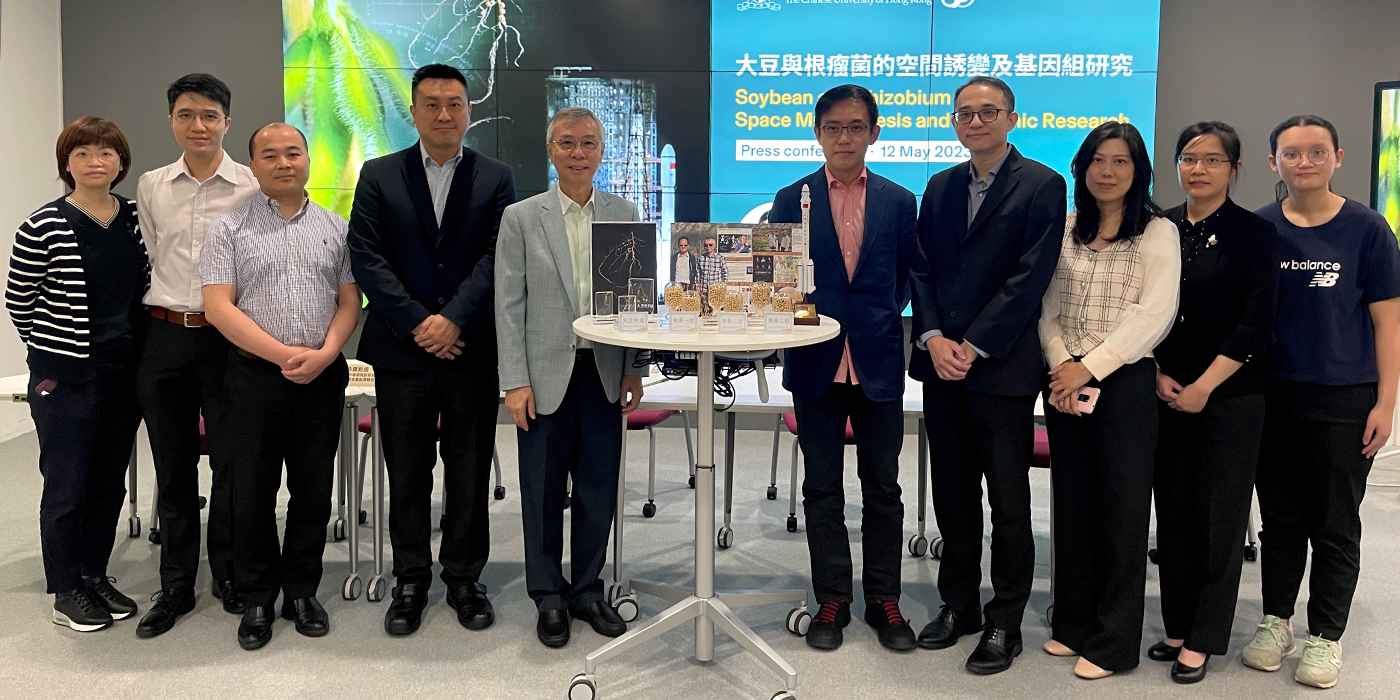
By Jenny Lau

